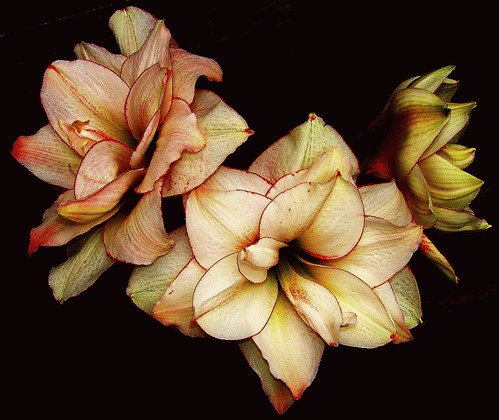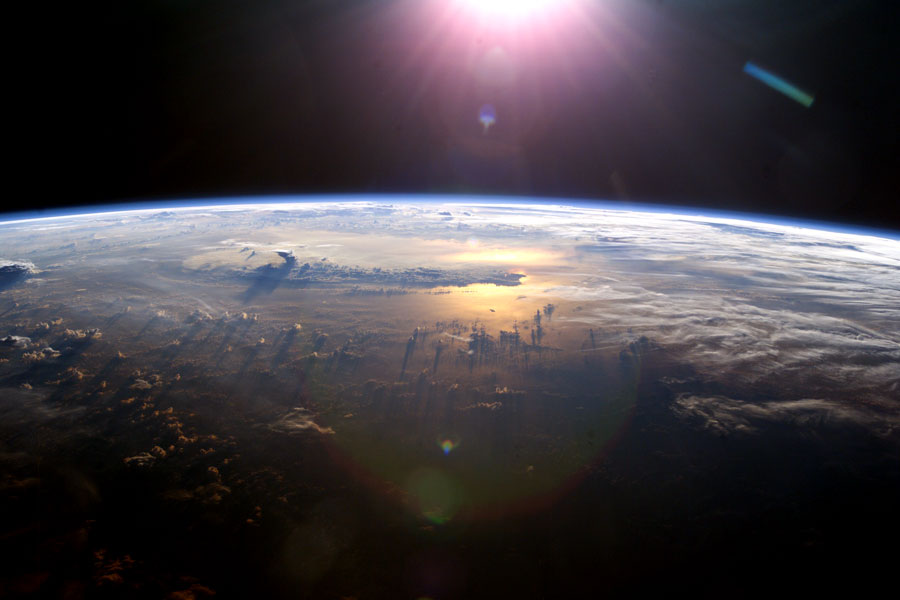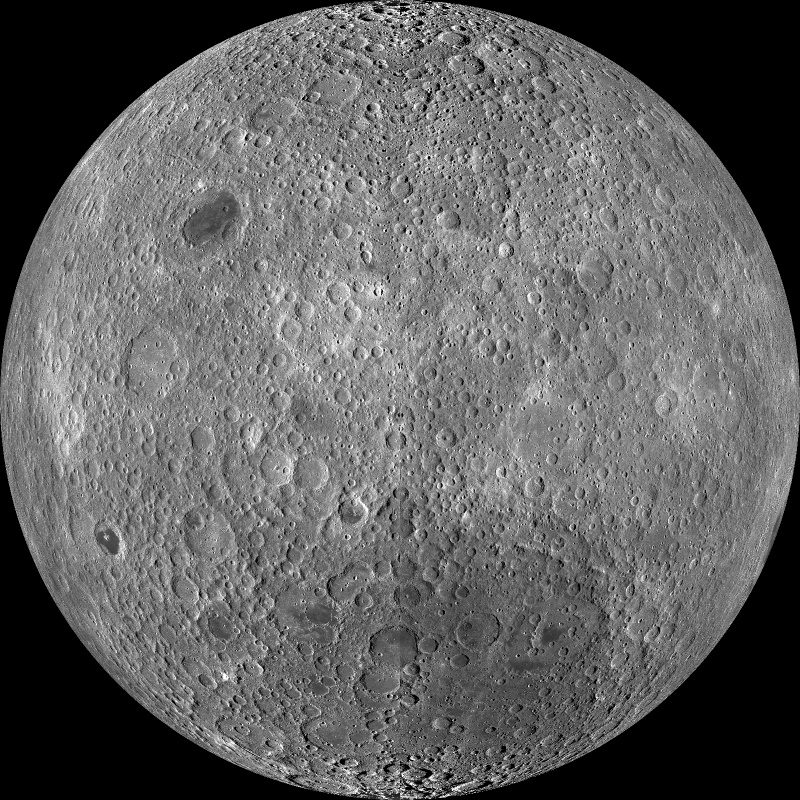I do not know why people call it so, but I guess as Alaska is a very cold place and so is this dessert which has ice cream over it, which makes it resemble like Alaska. And of course when you bake it, it seems like baking Alaska, I mean the ice cream covered cake.
Let me also confide with you that this is the best dessert I have ever tasted in my life. If you haven’t tried it so far, do it now, lest this heavenly dessert escapes your wish list for some other “worldly” desires.
It requires expertise that comes through practice as it involves actually putting ice cream on a cake covered with egg whites into a preheated oven in its final stages of baking.
Ingredients:
2 quarts vanilla ice cream, softened
1 (18.25 ounce) package white cake mix
1 egg
1/2 teaspoon almond extract
8 egg whites
1/8 teaspoon cream of tartar
1/8 teaspoon salt
1 cup white sugar
Method:
Line the bottom and sides of an 8-inch round mixing bowl or deep square container with foil. Spread ice cream in container, packing firmly. Cover and freeze 8 hours or until firm.
Preheat oven to 350 degrees F (175 degrees C). Grease and flour an 8x8 inch pan.
Prepare cake mix with egg and almond extract. Pour into prepared pan.
Bake in preheated oven according to package instructions, until center of cake springs back when lightly touched.
Beat egg whites with cream of tartar, salt and sugar until stiff peaks form.
Line a baking sheet with heavy brown paper. Place cake in center. Turn molded ice cream out onto cake. Quickly spread meringue over cake and ice cream, all the way to paper to seal. Return to freezer 2 hours.
Preheat oven to 425 degrees F (220 degrees C).
Bake the Alaska on the lowest shelf, 8 to 10 minutes, or until meringue is lightly browned.
SERVE AT ONCE – and eat it hurriedly too, lest Alaska melts – I mean the ice cream.
The secret of ice cream not melting: The meringue is an effective insulator, and the short cooking time prevents the heat from getting through to the ice cream.



 6:15 PM
6:15 PM
 Jalal HB
Jalal HB














































